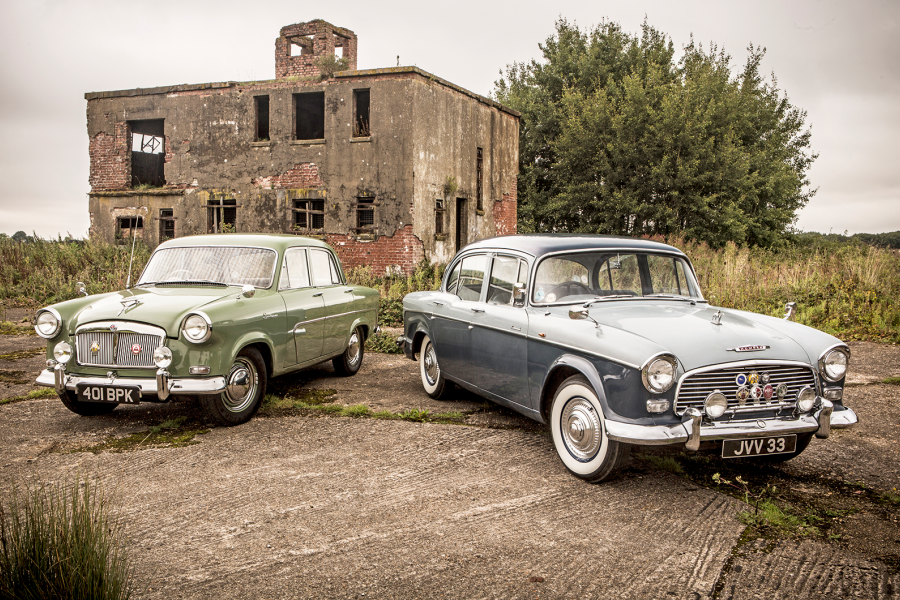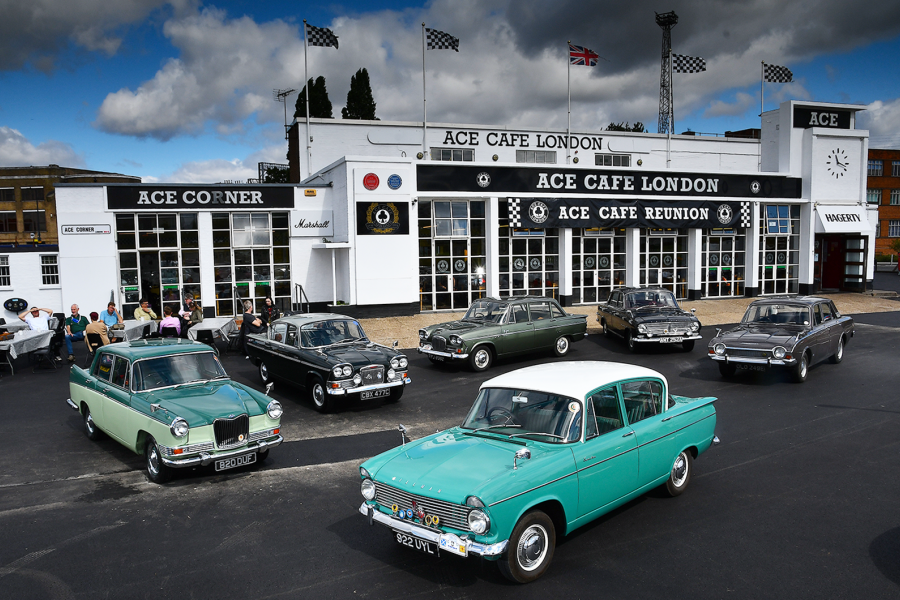
The Humber Super Snipe, flagship of the Rootes range from 1957 to ’67, was really pitched half a class higher than the likes of a Vauxhall Cresta or Ford Zodiac in the luxobarge hierarchy, even if it never quite had the gravitas of a Rover 3-Litre.
It was a car that gave local councillors, accountants and general self-styled pillars of the community just the right veneer of ’60s respectability.
They grew from 2.6 to 3 litres in 1960 and evolved through five series of development, the most memorable changes being the paired headlights on the Series III and the squared-off roofline of the 1965 Series V.
The Rootes brothers were inspired by all things American and there are clear traces of GM styling the treatment of the Super Snipe Estate, my favoured variant, particularly the rear side windows, which are pure Chevrolet Nomad.

US design motifs are clear to see in the Humber Super Snipe Estate
The basic Super Snipe shell appeared first as a four-cylinder Humber Hawk in 1957 – the Carbodies-built estate was released later in the year.
At nearly £2000 in 1960, these big wagons were virtually made to order and were among the biggest monocoque bodyshells built in Britain.








